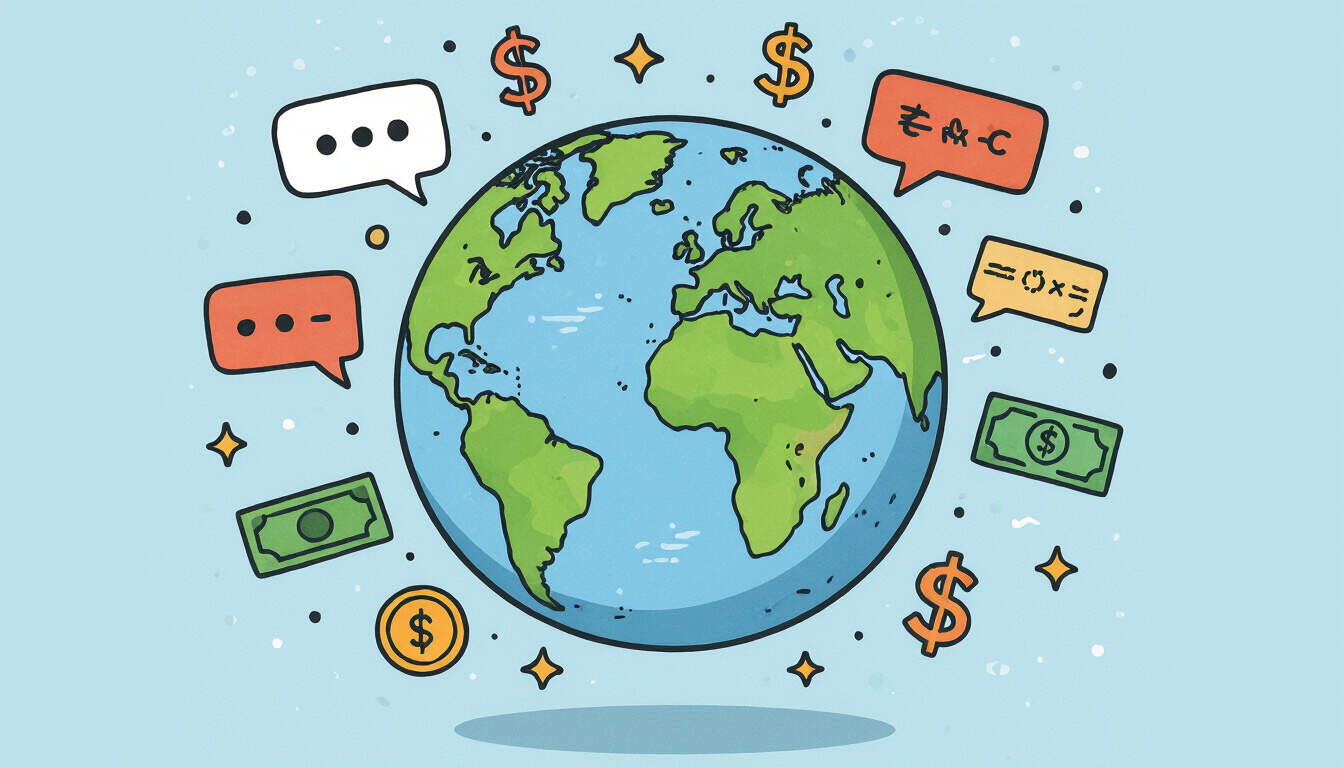Internationalizing Your Solo SaaS Application
 by Max Miller
by Max Miller
Explore how solo entrepreneurs can adapt their SaaS apps for global markets, covering essential strategies for language support, regional settings, and user experience. This guide offers practical steps and examples to expand your reach efficiently.

Internationalization is a key aspect for solo SaaS developers aiming to grow their user base beyond local borders. It involves adapting software to handle various languages, cultural norms, and regional preferences, making your application accessible worldwide. Internationalization helps ensure that users from different backgrounds can interact with your product seamlessly.
For solo entrepreneurs, implementing this process early can lead to significant growth. By preparing your SaaS for multiple markets, you open doors to new revenue streams without needing a large team. Consider how a simple app for task management could serve users in Europe, Asia, and the Americas by supporting different date formats and currencies.
One effective way to start is by planning your architecture from the ground up. Begin with separating user-facing text from code. This means storing strings in external files or databases, allowing easy updates for translations. For instance, use JSON files to hold all text elements, so when you add a new language, you only update these files.
Let's break down the steps for adding internationalization to your SaaS. First, identify core elements that need adaptation, such as dates, numbers, and user interfaces. Next, choose a framework that supports this feature natively. Many popular tools offer built-in libraries for handling translations.
In practice, a solo developer building a subscription-based tool might use a library to manage language files. For example, in a web app, integrate a system where the user's browser settings detect their preferred language automatically. This creates a more inclusive experience and reduces manual setup for users.
Real-world scenarios show the value of this approach. A developer of a productivity SaaS expanded to non-English speaking countries by first translating the interface into Spanish and French. They reported a 30% increase in sign-ups within six months, highlighting how language support can drive engagement.
Preparing Your SaaS for Multiple Languages
To begin, assess your current setup. Review your codebase for hard-coded strings and replace them with dynamic variables. Create a system where translations are loaded based on user selection. For example, set up a configuration file that maps language codes to their respective translation sets.
Here are some practical steps:
- Step 1: Install a translation library. Options include tools that work with JavaScript or other languages commonly used in SaaS development.
- Step 2: Organize your translation files. Use a standard format like key-value pairs, where each key corresponds to a string in your app.
- Step 3: Implement language detection. Use API calls or client-side scripts to determine the user's language from their device settings.
- Step 4: Test thoroughly. Simulate different regional settings to ensure that dates, times, and formats display correctly.
- Step 5: Gather feedback. After launching, ask users for input on the adaptations to refine your approach.
Beyond language, consider other regional aspects. Currency conversion is vital for e-commerce features in your SaaS. For instance, if your app processes payments, integrate services that handle exchange rates dynamically. This ensures that pricing appears in the user's local currency, enhancing trust and usability.
Another area is cultural adaptation. Adjust visual elements, like color schemes or icons, to align with local preferences. A solo developer might start with A/B testing in different markets to see what resonates best.
Overcoming Common Challenges
Challenges often arise with data handling. Ensure that your database supports Unicode for special characters in various languages. Additionally, manage time zones effectively to avoid confusion in scheduling features.
For example, a fitness tracking SaaS adjusted its reminders based on user time zones, leading to higher retention rates. This shows how attention to regional settings can improve user satisfaction.
Tools play a crucial role in streamlining the process. Select options that integrate easily with your existing stack, allowing you to focus on core development. Community forums and documentation can provide insights from other solo developers who have gone through similar processes.
In summary, by focusing on these strategies, solo SaaS creators can build applications that appeal to a global audience. The effort invested in internationalization pays off through increased user adoption and business growth, making it an essential part of modern software development.
